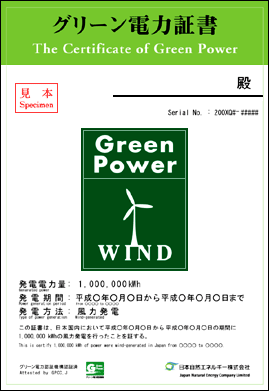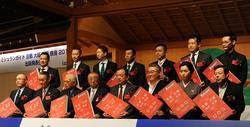EU Crisis - Live Blogging - What It Means For Japan
The strong Yen is impossible to understand. Japan seems to be the only economy in the free world that is upbeat. And that is after the March 11 震災 (shinsai). Why is the Yen at such record highs against the US$ and considered a safe haven for investors? Well, it may be a case of us against them. Just about everyone else have much larger troubles ahead. Japan, in spite of it all, is still a country where people work hard, we tend not to protest, as the gap between rich and poor is not as huge as in other parts of the world. The European Union this week is trying to deal with that huge gap - the 27 countries which form the EU have members that are not so strong, like Greece. Yet, there is a strong commitment to the Euro, the common currency. But what does it mean, when a country is told to deal with its debt, and tell people that pensions from the national government may not be forthcoming. And what about the salaries of the police force that is supposed to deal with the demonstrations? T...







